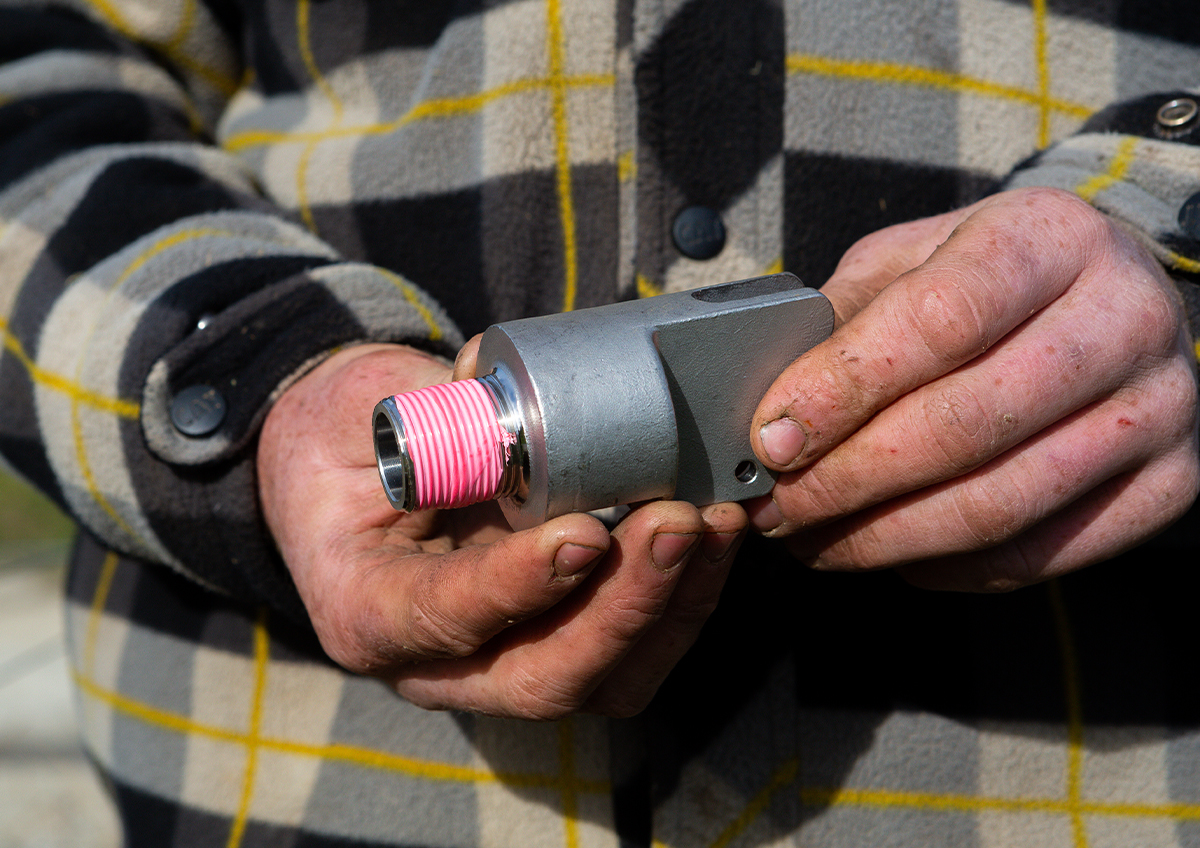Choosing the Right Irrigation Float Valve for Your Farm

When it comes to running a farm, water is everything. Too much and you’ve got a flooded paddock. Too little and your crops don’t stand a chance. That’s where the humble irrigation float valve steps in. This small but mighty device keeps your tanks topped up just right—no overflows, no dry spells, just consistent, hands-free water control.
So, how do you know which float valve is right for your farm setup? Let’s take a look.
What is an Irrigation Float Valve and Why is it Important?
Float valves for water tanks are simple mechanical devices that automatically regulate the water level in your farm tanks or troughs. As the water level rises, the attached float rises with it, eventually triggering the valve to shut off the flow. When the level drops, the float falls and opens the valve to refill the tank.
Why does it matter? Because it saves you time, prevents water waste, avoids tank overflows, and keeps your irrigation system humming along without constant supervision.
Key Considerations When Choosing the Right Float Valve for Your Farm
There’s no one-size-fits-all when it comes to water tank float valves. The right valve depends on your specific farm setup and water needs. Here’s what to consider:
Size and Flow Rate of the Irrigation Float Valve
Valve size and flow rate go hand-in-hand. Larger valves handle more water, faster—perfect for big tanks or high-demand systems. Smaller valves work best for low-pressure or slower fill needs.
Tips:
- Match valve size to tank capacity and flow demand.
- Consider future expansion. Get a valve that can keep up as your farm grows.
- Don’t oversize unnecessarily; higher flow isn’t always better if your system can’t handle it.
Valve Material and Durability
Farm conditions can be harsh. Your float valve needs to be tough enough to cope.
Options:
- Stainless Steel: Lasts a lifetime, won’t corrode, won’t break, best in harsh environments, best value for money.
- Brass: Better than plastic but often corrodes, more easily broken (especially the arms) but generally cheaper than SS.
- Plastic: lowest quality, break often, VERY cheap, but when they fail it can lead to huge water or even stock losses.
Types of Float Valves for Water Tanks
Here’s a quick look at the common float valve types:
- Farm tank float valves: Designed for heavy-duty use in large storage tanks and troughs.
- Water tank float valves: Ideal for general-purpose use in smaller tanks.
- High-pressure float valves: Built to withstand mains pressure or pumped systems.
- Mini float valves: Perfect for tight spaces or smaller applications.
How to Install an Irrigation Float Valve on Your Farm Tank
Installation is a breeze if you follow these steps:
- Turn off the water and drain the tank if necessary.
- Choose the right height for your desired water level.
- Drill a hole to suit your valve’s thread.
- Insert and secure the valve, ensuring the float arm can move freely.
- Reconnect the water, watch the float rise, and test the shut-off.
- Check for leaks and make adjustments as needed.
Common Problems with Irrigation Float Valves and How to Fix Them
Even tough valves need a little TLC. Here are the usual suspects and how to deal with them:
- Clogging: Clean out debris from the valve and float mechanism.
- Leaking: Check seals, threads, and alignment. Tighten or replace parts as needed.
- Float not rising/falling: Make sure nothing’s obstructing the movement.
- Valve won’t shut off: Replace worn seals or check for internal damage.
Choosing the Best Float Valve for Your Farm
At the end of the day, the best float valve is the one that fits your system, survives your conditions, and keeps your water right where it should be. Think about your tank size, water pressure, system needs, and the ruggedness you require.
Take your time, weigh your options, and choose an irrigation float valve that can go the distance. With the right setup, you’ll have one less thing to worry about and more time to focus on the work that really matters.